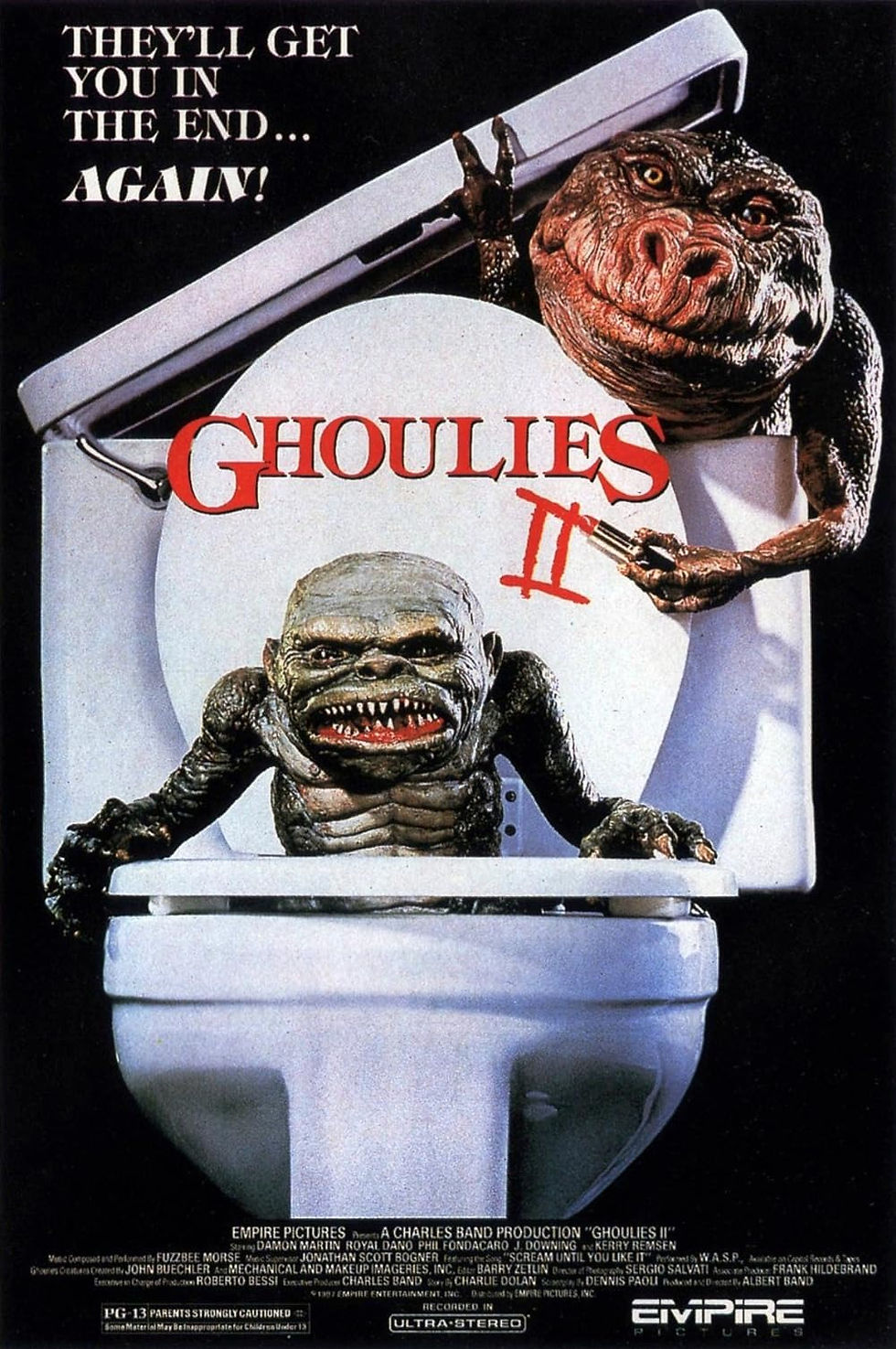Atomic Monsters, Alien Invasions, and the Anxieties of the 1950s
- Allan Major

- Mar 15, 2024
- 3 min read

Get ready to slip into a world of flickering shadows and buzzing Geiger counters. We're taking a trip back to the Atomic Age, horror fans, when the silver screen crackled with neon-bright fears. Giant ants twisted by radiation stalked the desert, saucer-eyed aliens plotted invasions, and those wild-eyed scientists played God in their fallout-shelter labs. This was the 1950s, a time when the mushroom cloud cast a long shadow, and those late-night creature features mirrored the deepest anxieties of a world forever changed.
Atomic Monsters: Giant Ants, Killer Crabs, and Radiation Run Amok
Picture a quiet desert town, folks sipping sodas at the drive-in, when suddenly the air crackles with radiation. Something ain't right, something monstrous, lurking in the shadows. That's the setup for classics like "Them!" (1954), where giant ants mutated by atomic testing lay waste to the Southwest.
These weren't just oversized critters, man. They were walking, clicking nightmares, embodying fears of the bomb's devastating effects on nature. The message was clear: humanity, with its big brains and even bigger weapons, had unleashed forces beyond its control.

Alien Invasions and Body Snatchers: Cold War Paranoia Goes Galactic
Blast off into outer space, and you'd find a whole other breed of cinematic terror. Remember "The Thing from Another World" (1951)? An alien menace, frozen in Arctic ice, thaws with a thirst for blood. Or maybe "Invasion of the Body Snatchers" (1956) is more your style, with its tale of humans replaced by emotionless alien duplicates.
These weren't cuddly E.T. types, understand? They were metaphors for the anxieties bubbling under the surface. Fear of the bomb, sure, but also fear of Communism, of losing your individuality in that post-war push for conformity. Were the invaders aliens, or the Soviets lurking next door in suburbia? Audiences were left to decide.
Mad Scientists and the Dangers of Unchecked Science
You can't talk 1950s horror flicks without those wild-eyed scientists tinkering in their shadowy labs. Half-genius, half-crackpot, they were the Atomic Age twist on the classic mad scientist trope. Think of those poor souls shrunk down to microscopic size in "The Incredible Shrinking Man" (1957), or the tragic fly-human hybrid in "The Fly" (1958).
These weren't just cautionary tales about lab safety. They questioned the limits of human knowledge and ambition. The atomic bomb was proof that science could reshape the world in unimaginable ways – but was that power always meant for our hands?

Wrapping Up the Atomic Age Thrill Ride
Sure, those old movies might seem a little campy these days, with their rubber suits and cardboard sets. But that's part of their charm, man. They're a time capsule, a peek into the dreams and nightmares of a generation grappling with the possibilities and perils of the Atomic Age.
In their own low-budget, over-the-top way, they asked the big questions: Can we control the forces we unleash? What lurks on the fringes of scientific discovery? And how do we hold onto our humanity in a world forever changed by the bomb? So, next time you're in the mood for some retro chills, pop some popcorn, dim the lights, and fire up one of those 1950s classics. It ain't fine art, but it's a window into a time when the future seemed both dazzling and dangerous, and those flickering shadows on the screen held our greatest hopes and darkest fears reflected right back at us.







